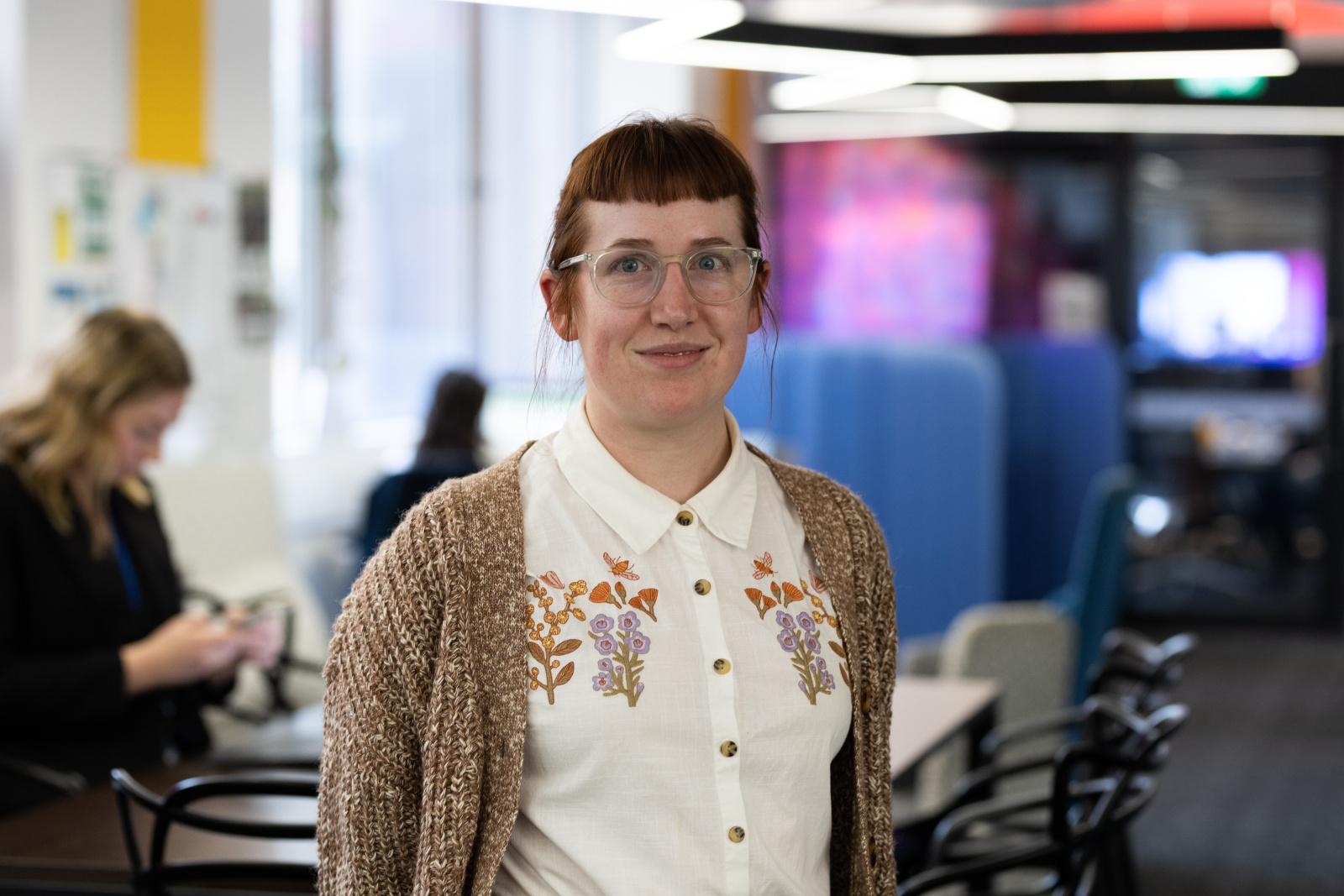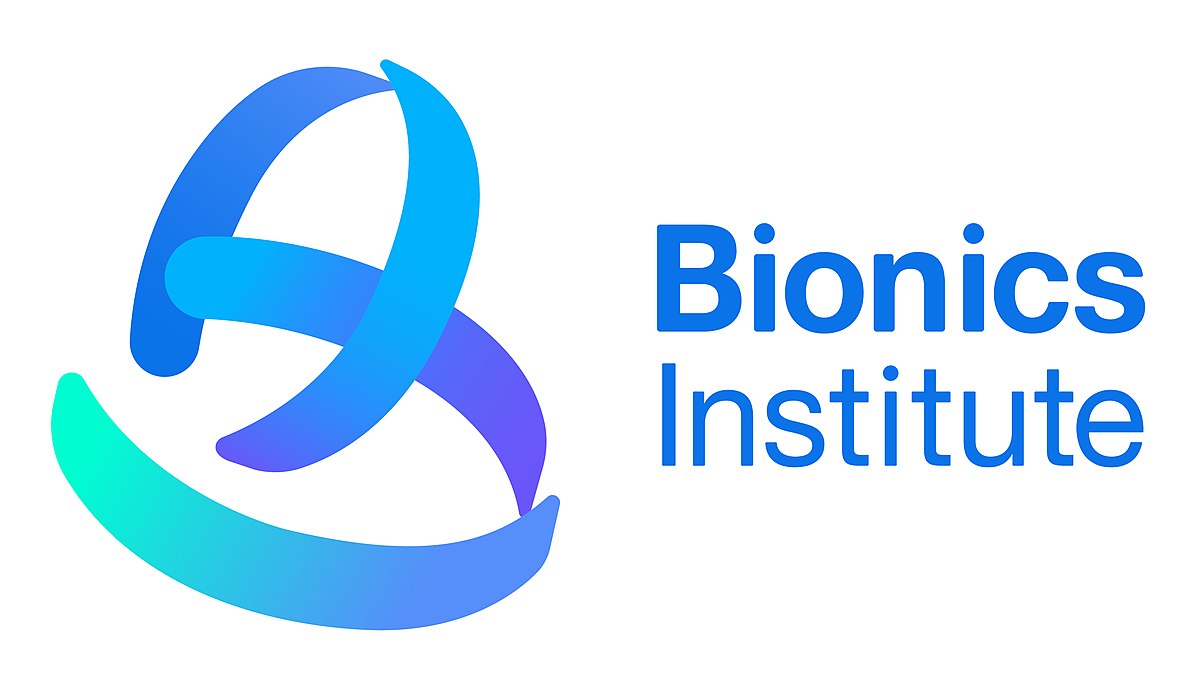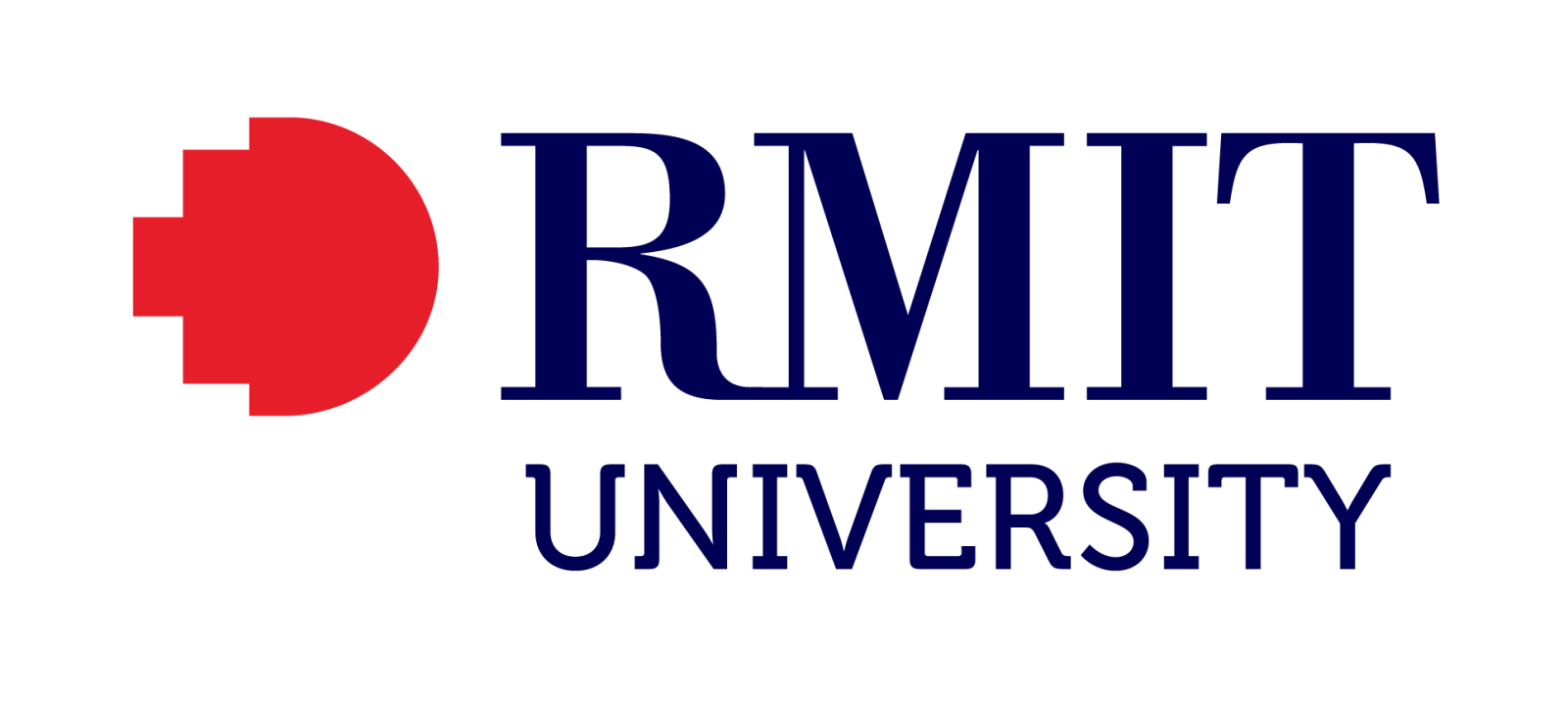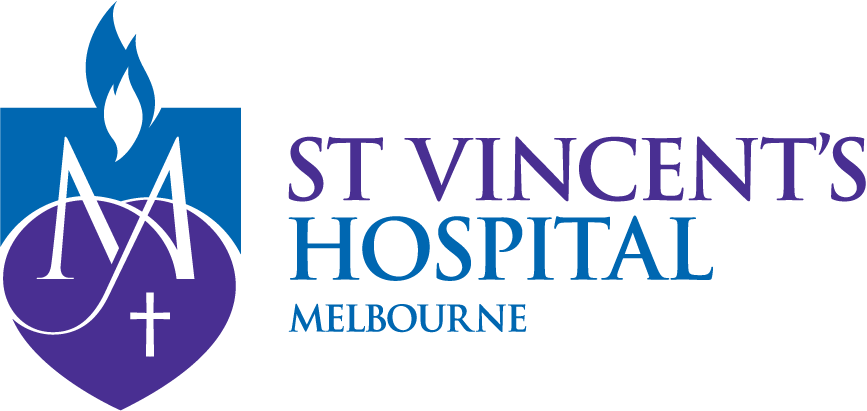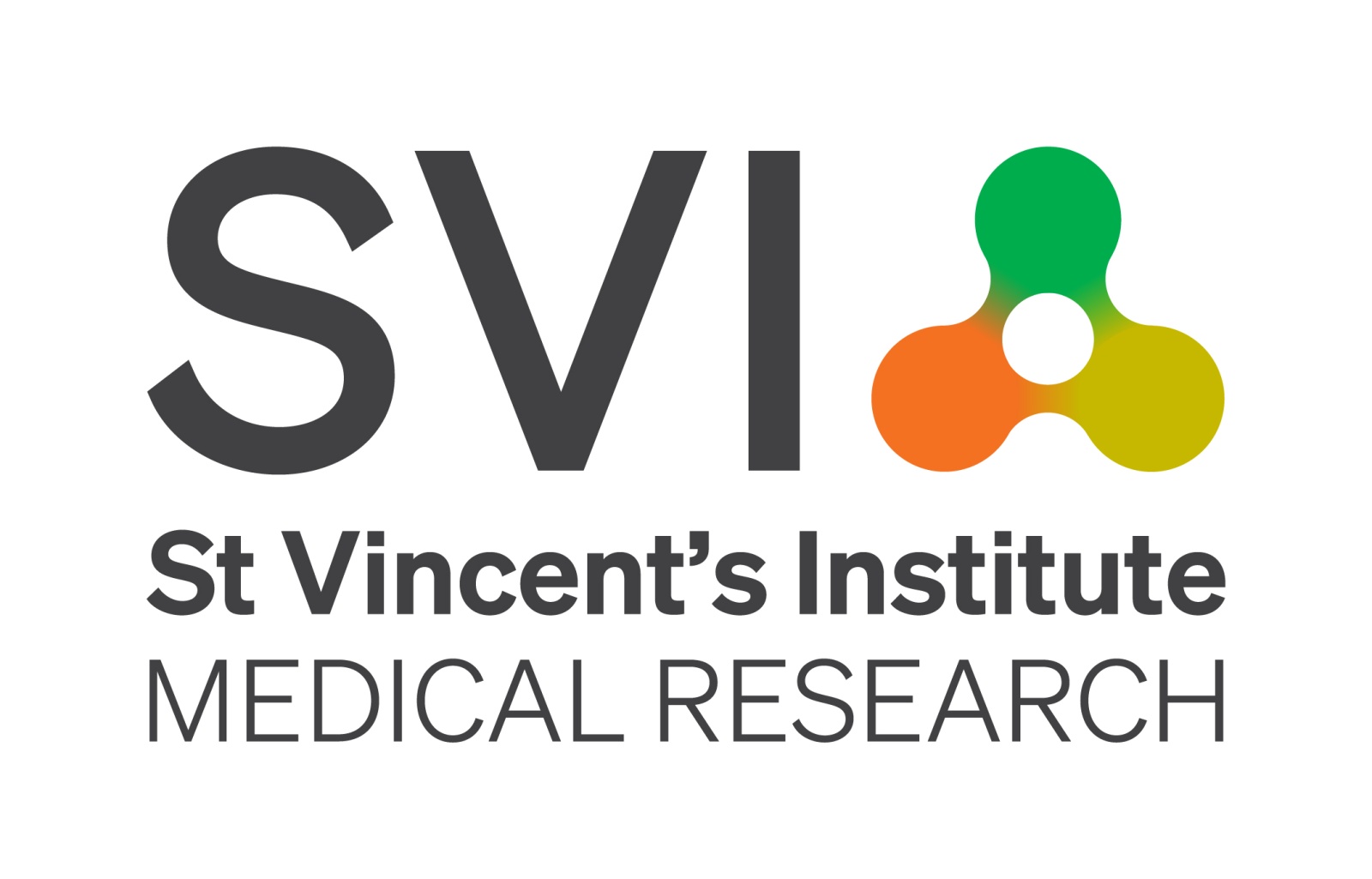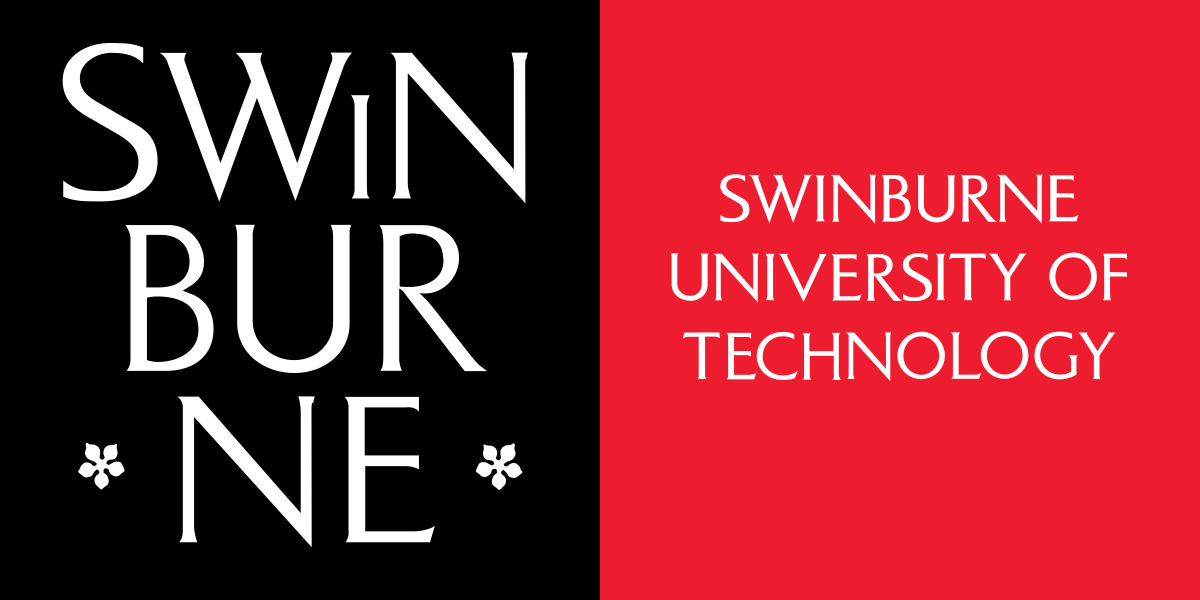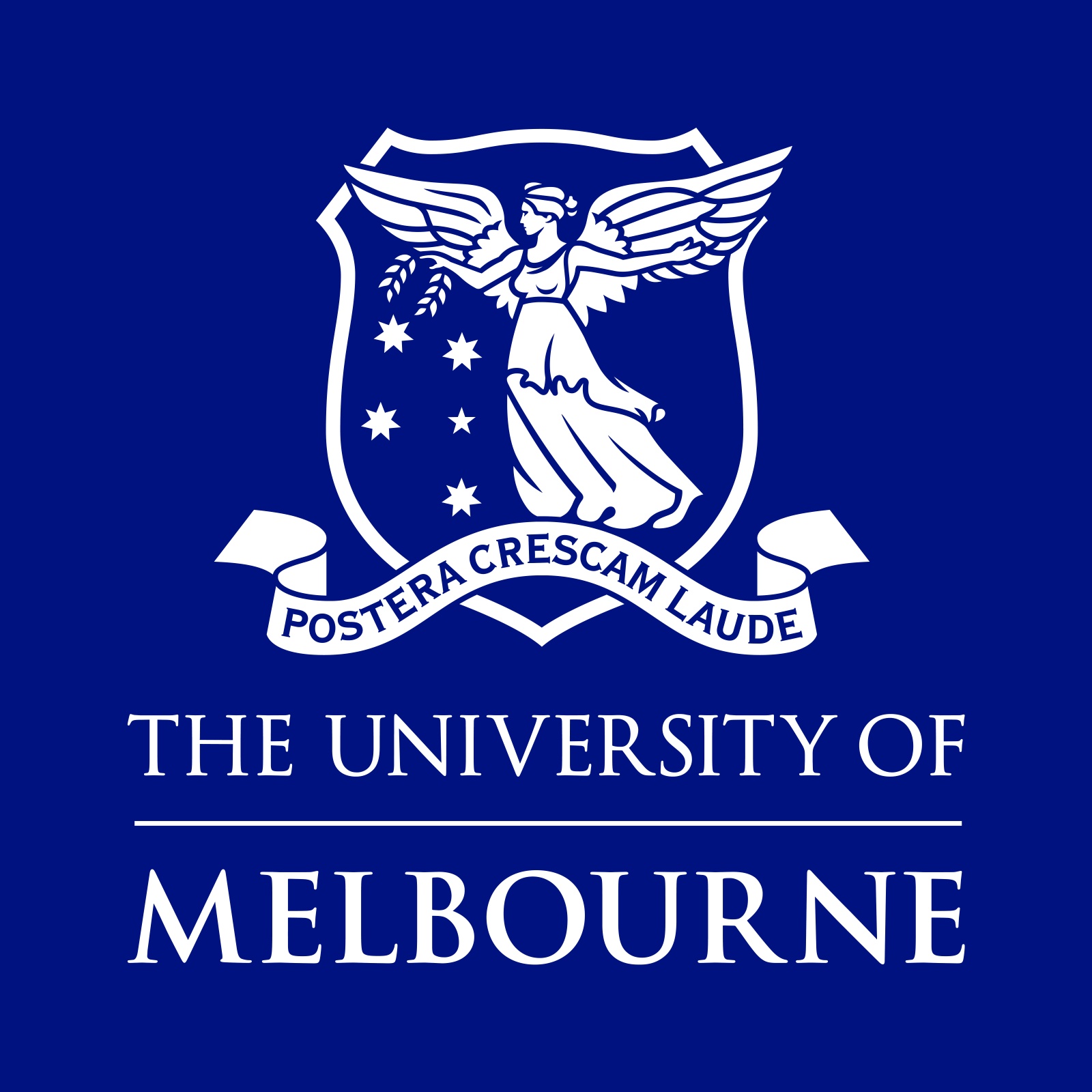The Aikenhead Centre for Medical Discovery (ACMD) is not just a new building on St Vincent’s campus, Fitzroy – it’s the product of two decades of vision, persistence, and deep collaboration across sectors.
We sat down with one of its key founding figures to reflect on its journey from idea to reality.
Q: Let’s start at the beginning – where did the idea for ACMD come from?
A: It goes back about 20 years. I was chairing St Vincent’s Hospital and SVI. At the time, everything was in silos – research institutes, hospitals, engineering faculties. We started with the vision to bring them under one umbrella.
We knew we needed to work with Melbourne University – St Vincent’s had a 150-year relationship there. But as we progressed, we realised the importance of involving engineers and expanded to partner with the engineering faculties and eventually Swinburne, RMIT, and others. We now have partnerships between St Vincent’s Hospital Melbourne, SVI, ACU, Melbourne University, Bionics Institute, Eye Research Australia, RMIT and Swinburne.
Q: Was it easy to bring all the players on board?
A: Not at all. There were barriers, and some leaders didn’t embrace the idea. But leadership matters – we saw momentum shift as new leaders came in who did believe in the vision. It evolved over time.
Every Friday at 7:30am, the partner reps would meet. That went on for years. And eventually, we got the collaboration agreement signed off by all the boards. That was a big moment.
Q: How was ACMD funded in the early days?
A: Philanthropy. People we knew personally supported us in those critical early years. Then in 2014, the Victorian Government came in with the first major grant. That was a turning point. The Ian Potter Foundation have been great supporters. We’re incredibly grateful to our early supporters – people who gave their time, talent, and treasure. I always say, I’ve had many angels at my shoulder.
Q: Did you face resistance from any quarters?
A: Actually, no. If anything, Victoria was recognised for its strength in medical research and innovation. We’ve got a strong ecosystem here – and that takes decades of effort and culture to build.
Q: Was there ever a time when you doubted the vision?
A: Never. I was a believer from the start. What we have now is a collaborative biomedical engineering centre designed to accelerate the translation and commercialisation of research. Given our proximity to a major tertiary hospital, an education hub will help nurture future clinical, nursing, allied health, and biomedical research innovators and leaders.
Q: As Australia’s first female stockbroker and partner back in the 1980s, you know what it takes to breakthrough – where does that drive come from?
A: My background is in finance. I’ve always been interested in strengthening institutions and developing new companies. This is the most important achievement in my career. It’s been a privilege.
Q: What’s been the most surprising part of the journey?
A: The collaboration. When we launched the BioFab facility– Australia’s first robotics and biomedical engineering centre embedded within a hospital – in 2016, it became the prototype for the ACMD. It gave us huge confidence. Engineers, researchers and clinicians worked side by side without institutional branding. They told me what they were doing, not where they came from.
Q: What’s next for ACMD? What do you want to see happen?
A: We need to make it operational. The building is done, on time and on budget, but now we must bring people together who haven’t worked under one roof before. The real test is how we continue to cultivate collaboration.
Health systems are under pressure. We can’t afford to keep delivering care the way we have. The ACMD has a crucial role to play in helping people stay out of hospital or reducing how long they need to be there. It’s about cost-effective solutions to create a more equitable health system.
Q: Who else was important in bringing ACMD to life?
A: Too many to name, but a few stand out: Tom Kay – Tom and I visited Silicon Valley on a fact-finding mission which helped validate our thinking – Peter Choong, Mark Cook, Shitij Kapur, Jim McCluskey, and many others. The ACMD Board is extraordinary – top people in their fields who gave their time pro bono. That’s rare.
Q: Any personal reflections, what’s kept you going?
A: There have been tough times, but I always had someone I could call. If they couldn’t help, they’d point me to someone who could. Success has many parents; failure is an orphan.
For me, surrounding yourself with good people is crucial. Life is not a dress rehearsal.
Q: Final question, what does ACMD mean to you now?
A: It’s a legacy. I’ve been fortunate in my career but this is the most significant outcome. It’s not just a building; it’s a foundation for the future.
ACMD is Australia’s premier biomedical engineering research translation centre. In a fitting tribute, a room within the ACMD will soon bear Brenda’s name when it formally opens its doors later this year. The Brenda Shanahan AO Auditorium will serve as a lasting reminder of the vision, generosity, and belief in collaboration that helped bring the ACMD to life.
SVI is proud to be a foundation partner and looks forward to participating in new multi-disciplinary projects to solve real-world healthcare problems and improve patient outcomes. Around 45 SVI researchers will move into ACMD over the coming months.

